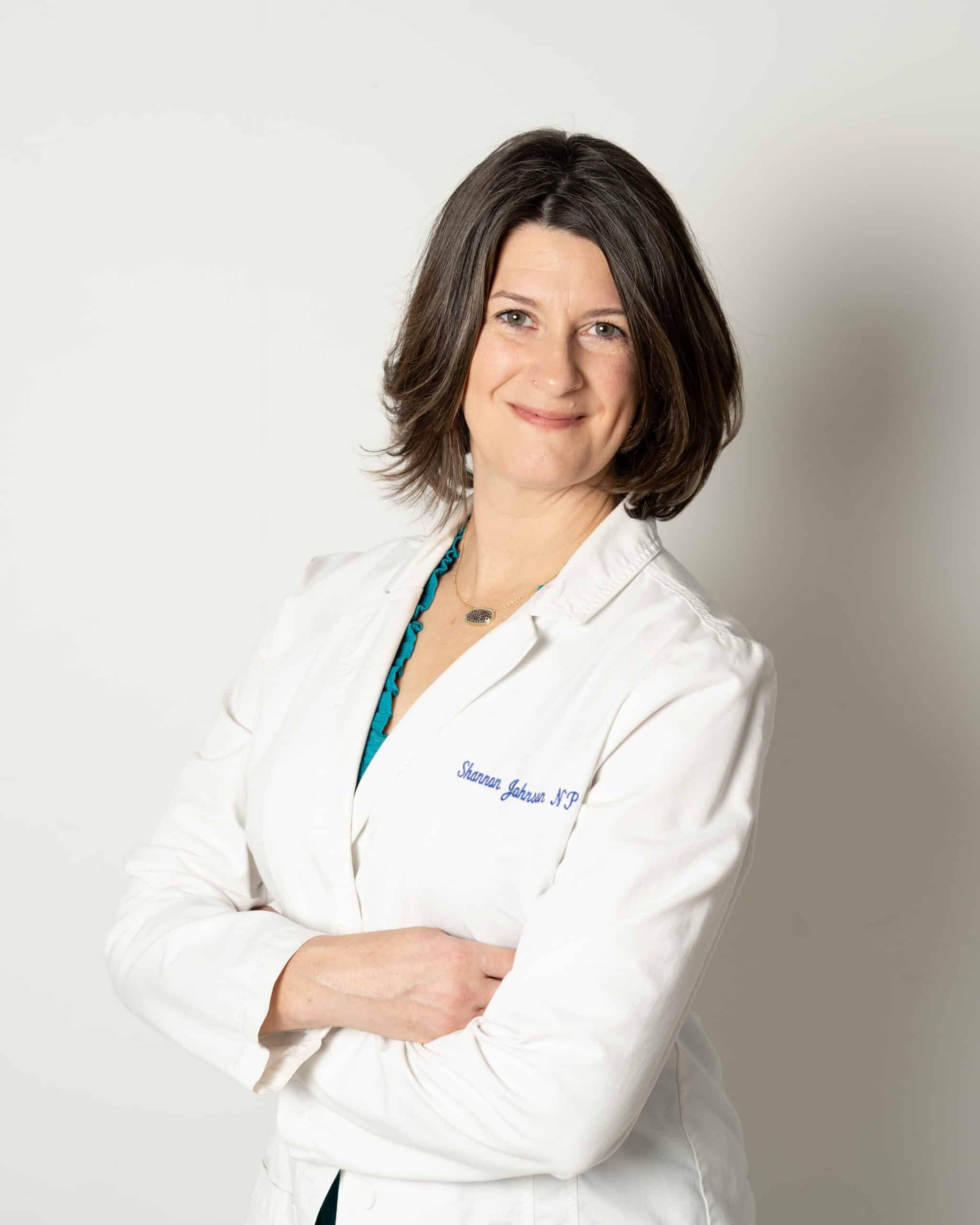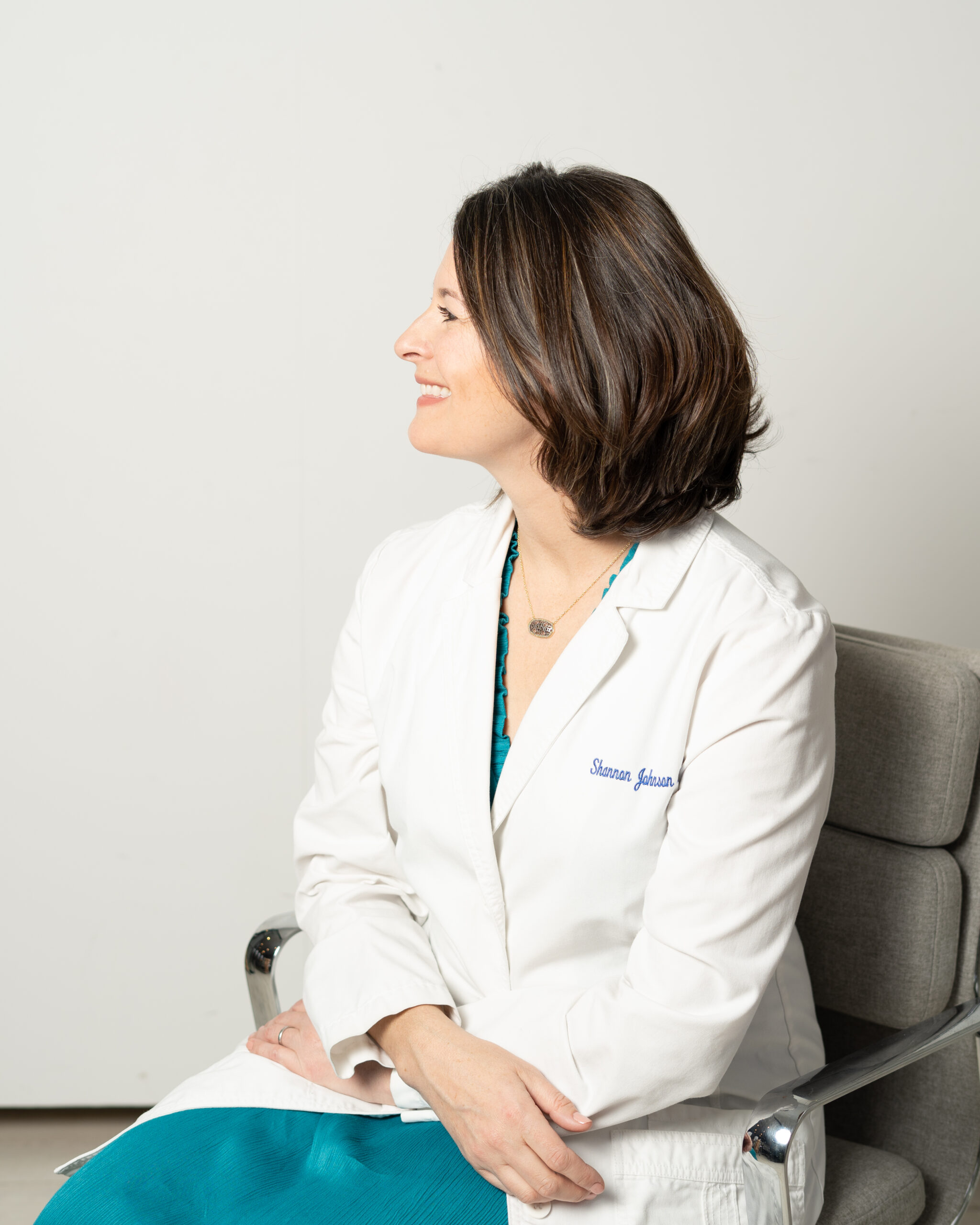Is your face red and hurty and every skincare product seems to disagree with you? Is cutting flare-triggers out too hard or doesn’t help? Then you are where I was 15 years ago. My rosacea is nearly reversed for 2+ years without any medical treatment. Here are things I have learned as a nurse practitioner and as a human struggling through rosacea:
1. Rosacea is not completely understood. What adds up to major symptoms or major relief for one person might not for another.
2. With that as a framework, think about your particular situation in order to determine what might help you. For starters, identify your most bothersome symptoms (e.g., “fixed” permanent redness, episodes of flushing, bumps/texture, and/or actual discomfort). Next, try to pinpoint things that worsen these symptoms (i.e., your “triggers” — but don’t confuse these for the cause of your rosacea).
3. Rosacea sufferers have highly irritable skin, and irritants are incredibly common in skincare products (even those marketed as appropriate for sensitive skin). So, skincare products are often part of the problem. Don’t rely on the “sensitive skin” label or claim; learn how to read labels and avoid common irritants. Check out the Rosacea Care Best Practices PDF on this website for a list of ingredients to avoid.
4. All prescription and medical treatments come with a downside (cost, side effects, antibiotic resistance). So, get your skincare dialed in and happy for 6 weeks before proceeding to a prescription.
5. If you decide on prescription treatment, guide it by what you want to achieve. For example, if you have a lot of bumps, consider targeting the Demodex folliculorum mite (ivermectin/Soolantra cream is good for this, but VERY expensive depending on insurance). If you want your redness to disappear for half a day because you are taking photos or will be on video, then brimonidine/Mirvaso or oxymetazoline/Rhofade might be a good choice (downside is the possibility of rebound redness when the medication wears off).
6. If you decide on prescription treatment, I caution not to accept an oral antibiotic as the first option. Antibiotic pills (e.g., doxycycline and minocycline) truly come at significant cost to the individual (e.g., sun sensitivity, risks in pregnancy and breast-feeding, vaginal yeast infections, alteration of the very important gut microbiome) and the medical ecosystem (alarming rises in antibiotic resistance in recent decades). My opinion is that there are less risky ways to get at least as much improvement in rosacea symptoms — it just might take more effort or trial and error. Stay strong on this. A good article by the National Rosacea Society: https://www.rosacea.org/blog/2021/january/rosacea-sufferers-dermatologists-can-play-important-role-in-fighting-antibiotic-resistance?fbclid=IwAR39dlDHpFk5Db7L3pebDQOy69Swqi03m47TbeJnHqr7may7OXyYt232Iqw
Best of luck!

Shannon Johnson NP-C

Shannon L. Johnson NP-C
Founder & Formulator, MeridaSKIN
Shannon is a nurse practitioner, and much of her career has served vulnerable populations at a community health center. She holds degrees from the University of Pennsylvania and Simmons University, and completed post-graduate training at the University of Massachusetts Boston. She tackled the science of cosmetic formulating to solve her own skin struggle with rosacea. Shannon was born in Oregon, raised in Eastern Massachusetts and has passionate ties to the Pacific Northwest, New England, and the mid-Atlantic. She lives on Boston's North Shore with her husband, two kids and mischievous Wheaten Terrier. She and her family pass the seasons by playing in water (liquid and solid).


Recent Comments